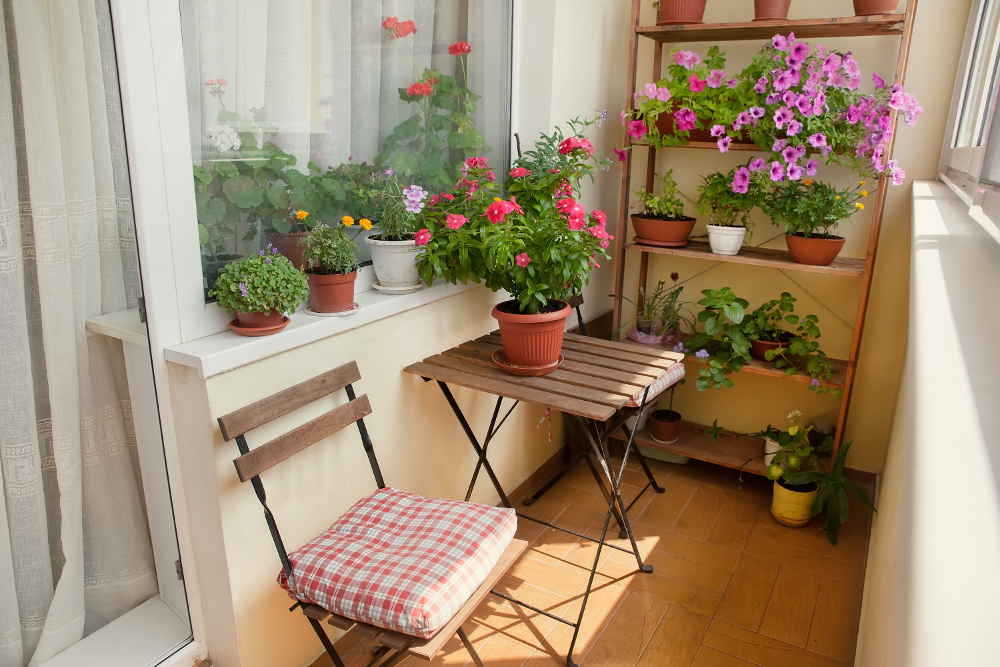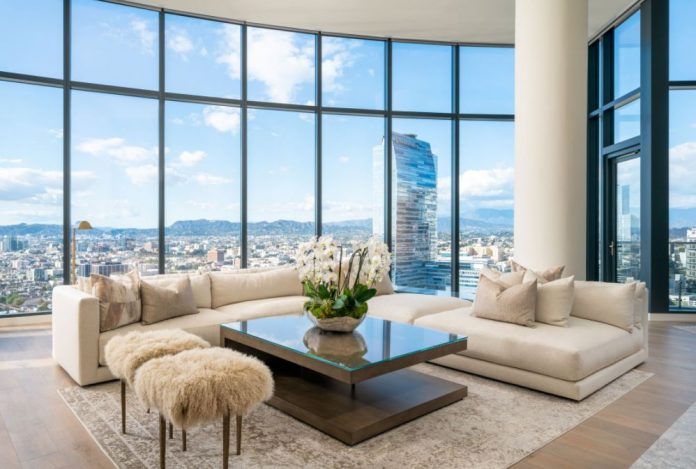Terraces have become a requirement for homes after confinement. The demand of the buyers is directed towards flats with a terrace or balcony that allow contact with the outside and to be able to carry out activities in the open air without leaving the house.
However, many residential buildings do not have terraces or balconies because their opening in the facades has evolved according to trends and urban regulations . Does having a terrace at home have advantages? Let’s see it.
How have terraces changed in homes?
Terraces and balconies have been present in residential buildings, although their size and shape have changed over the years. In the buildings of the twenties, balconies and windows that were made from floor to ceiling predominated to take advantage of natural light. The balcony was only used to look out, but it was not conceived as an outdoor space to take advantage of with any activity, because at most a pot could fit.
However, in the 1960s and 1970s, terraces began to be built on residential buildings . However, instead of taking advantage of them as outdoor space, people closed them to expand the habitable meters of the house, especially in the smallest houses.
In the developments built in the 1990s, the balconies and terraces were dispensed with . Thus, for example, in Madrid , as the terraces compute as buildability, there has been a tendency to eliminate them or replace them with closed viewpoints . However, in Valencia or Catalonia, the opening of terraces in homes is encouraged.
Many terrace enclosures have also been made in buildings built in the sixties and seventies, to add that space to the living room or to convert it into a storage room, given the need for storage space that is needed in houses.
The situation has now changed . In the Basque Country it will be mandatory for new homes to have an outdoor area, balcony or terrace , at least four square meters and one and a half meters deep, which will not count as buildable area. Even old buildings must incorporate terraces, as long as the building allows it, when they carry out renovations.
In Madrid , the new urban regulations provide for the elimination of terraces from the computation of buildability of new buildings so that terraces and balconies are once again made in homes. Right now, the terraces compute at 50% if the terrace is covered or at 100% if it is closed by three of the four walls.
Advantages of the terrace at home
Regardless of trends and regulations, having a terrace at home provides the following advantages:
More light and ventilation
One of the values that a terrace provides at home is to have more natural light and ventilation, something that has a positive effect on health . Being in contact with the outside, the people who live in these houses are more active than those who live in interior flats that do not have natural light.
extra space in the house
The terrace is an extra space that can be used a lot, because it can have different uses depending on its size . If it is a small terrace, it will serve as a relaxing space to sunbathe and read, but if it is larger, it can be an extra room in the house where you can have lunch or dinner in the summer months or a place to telework .

It also allows you to develop some hobbies such as gardening or cultivating your own urban garden because there are solutions for all sizes, from vertical gardens to small balconies or gardens on large attic terraces.
Increases home value
The terrace is an element that adds value to the home, it can increase the price of a house by up to 30% compared to similar homes without a terrace, according to a study carried out by Idealista. In the case of a rental home , the terrace can also increase the price by up to 15% . In addition, a home with a well-appointed terrace sells faster because it is attractive to the buyer.
Disadvantages of the terrace at home
More cold or heat at home
Having an open terrace means that the house is more exposed to inclement weather , that is, the cold is more noticeable in winter and the heat in summer. To avoid this situation, there is a tendency to close the terraces, although in reality they are designed so that the houses do not suffer from these inconveniences, favoring ventilation.
Requires constant maintenance
Being an exterior element, terraces require maintenance to prevent the effect of rain or changes in temperature from causing moisture problems in the house . It is necessary to check the flooring of the terraces in case there are broken pieces and the joints of the tiles in case they filter rainwater.
Flats with a terrace are more expensive
The terrace increases the value of the home, which is an advantage if you are going to sell it, but a drawback when you are going to buy it, because flats with terraces are more expensive. You just have to see that the attic is the most expensive home in the buildings because it has the attractiveness of the terraces that provide privacy and the best views of the outside.
The need to have a terrace at home has become so popular among the population that prefabricated terraces have become fashionable as a solution for homes that lack this outdoor space. In Spain, a prototype of a non-permanent screwable terrace has been presented to install in these buildings, although for the moment it has not been applied. In the Netherlands and Switzerland, however, windows have been installed in some buildings that turn into a mobile aluminum balcony at the push of a button.




